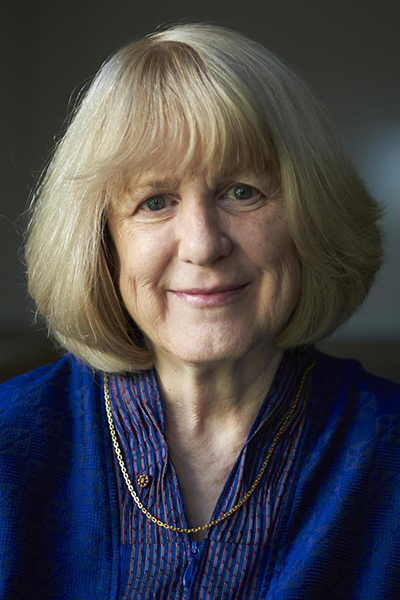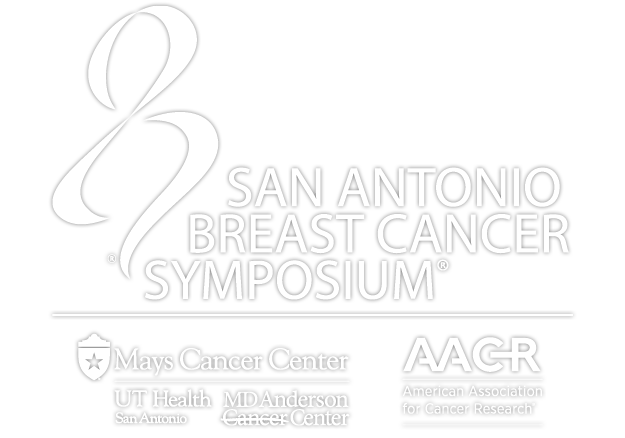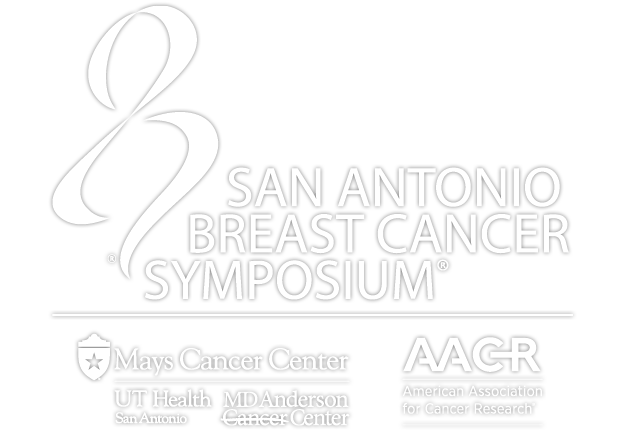
Mary-Claire King, PhD, called for universal testing of women for BRCA1 and BRCA 2 mutations to prevent breast and ovarian cancer.
“We should offer genetic testing to all women about the age of 30,” she said. “Offering testing, which is feasible, would prevent those women with mutations from ever developing breast cancer. No woman with a mutation in BRCA1 or BRCA2 should die of breast or ovarian cancer.”
Dr. King linked BRCA1 mutations with breast and ovarian cancers in the early 1990s, and is now the American Cancer Society Professor of Medicine and Genome Sciences, University of Washington. Her call for universal screening capped the William L. McGuire Memorial Lecture “Inherited Breast and Ovarian Cancer and the Resolution of a Paradox” on Wednesday, Dec 9.
Breast cancer as an inherited disease is not a new concept. French surgeon, neurobiologist, and anatomist Paul Broca first described inherited breast and ovarian in 1866. Familial patterns of breast cancer led Dr. King to identify the BRCA1 gene and link its mutations with breast and ovarian cancer.
She also identified a paradox. BRCA1 is expressed throughout the body, but loss of function mutations are associated with a limited number of cancers, typically breast and ovarian cancer in women and prostate cancer in men. More recently, pancreatic cancers have also been associated with BRCA1/2 mutations.
BRCA1/2 mutations are not particularly rare, Dr. King noted. Most mutations have no clinical consequences, but some missense mutations in the RING domain of these genes can abrogate protein function, leading to increased cancer risk. So can certain mutations to the BARD1 gene.
BARD1 and BRCA1 form a heterodimer that modulates estrogen receptor activity. The molecular details are still emerging, Dr. King said, but loss of function leads to increased transcription of estrogen-metabolizing genes through the cytochrome P450 complex. Loss of BARD1 has a similar effect, increasing CYP transcription.
Increased CYP transcription creates two metabolic problems, she continued.
Enhancing estrogen metabolism creates more free radical in specific tissues, most often breast and ovarian tissue, damaging DNA. Increasing CYP transcription also inhibits DNA repair pathways. Both effects are independent of estrogen receptor activity, which accounts for ER- tumors.
“It took about 20 years from the discovery of BRCA1 and BRCA2 to the development of genotype-based therapy,” Dr. King said. “This has led to a very substantial reduction in cancer progression or death and is used very widely.”
But treatment success is not universal. And it should not be necessary.
About half of women with BRCA1/2+ breast and ovarian cancer have no family history of cancer, Dr. King explained. Genetic testing is an easy, reliable, and affordable method to identify all women at risk.
“Every breast or ovarian cancer patient with a BRCA1 or BRCA2 mutation detected after diagnosis is a missed opportunity to prevent cancer,” she said. “That is why we should offer testing for BRCA1 and BRCA2, and possibly other genes, to all women, regardless of their personal history, regardless of their family history, when they are about 30. Breast and ovarian cancer from a mutation in BRCA1 or BRCA2 is entirely preventable and entirely unnecessary.”
SABCS registrants will have exclusive on-demand access to Dr. King’s lecture and other virtual SABCS programming until March 13, 2021.



